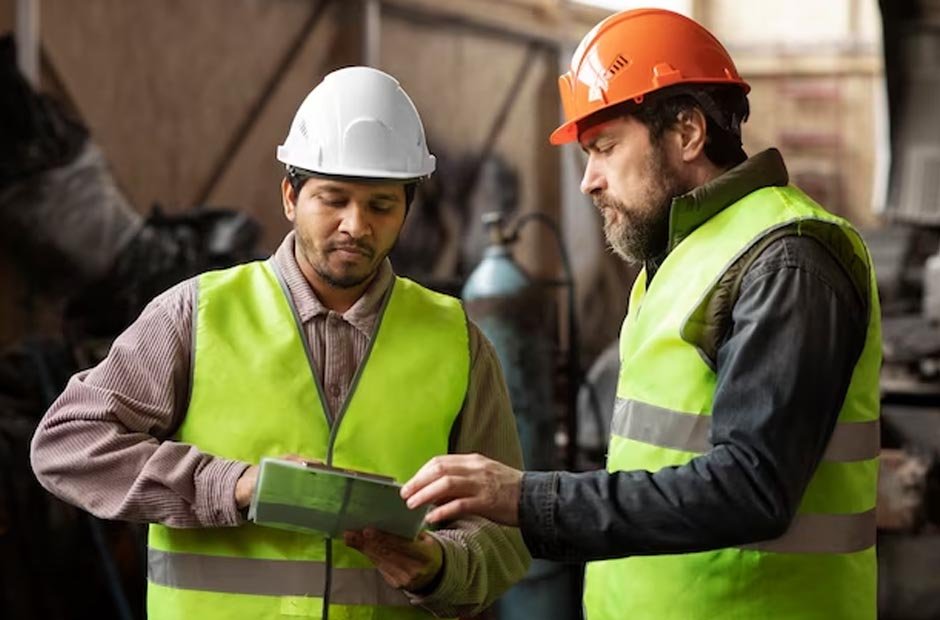In the expansive field of industrial maintenance and quality control, surface examination techniques are crucial tools. They provide the essential service of uncovering defects that might compromise the integrity or functionality of critical components. From aviation to automotive manufacturing, the ability to detect and address these issues before they lead to failure is fundamental. This guide delves into the world of advanced surface examination techniques, highlighting their importance, methodologies, and applications in various industries.
The Significance of Surface Examination
Surface examination techniques are pivotal in ensuring that materials and products meet stringent quality standards. These methods allow technicians to detect imperfections that are invisible to the naked eye, such as cracks, porosity, inclusions, and other surface discontinuities that could potentially lead to catastrophic failures. By catching these flaws early, companies can save substantial costs on repairs, prevent accidents, and maintain the reliability of their operations.
Understanding Dye Penetrant Testing
One highly effective method for examining surface discontinuities is dye penetrant testing. This technique involves applying a colored dye to the clean surface of an object. The dye seeps into any cracks or voids, and after a developer is applied, the trapped dye bleeds out, clearly marking the defect’s location. Dye penetrant testing is versatile and can be used on a variety of non-porous materials, making it a preferred choice in many industries for its simplicity and effectiveness.
Advanced Techniques in Surface Examination
While dye penetrant testing is excellent for detecting surface-breaking defects, other advanced techniques offer deeper insights and can even reveal sub-surface imperfections. Here’s a closer look at some of these sophisticated methods.
Magnetic Particle Inspection (MPI)
Magnetic particle inspection is a non-destructive testing technique used primarily on ferromagnetic materials. It involves magnetizing the component and then sprinkling ferromagnetic particles over its surface. These particles are attracted to areas of magnetic flux leakage (typically where there is a discontinuity). Under proper lighting conditions, these particles form visible indications of defects. MPI is highly effective for quick and accurate detection of surface and near-surface anomalies.
Eddy Current Testing
Eddy current testing utilizes electromagnetic induction to detect flaws in conductive materials. A coil carrying an electric current is placed near the material’s surface, generating circular electric currents called eddy currents. Any flaw in the material will alter the path of these currents, which can be detected through changes in the coil’s impedance. This method is highly beneficial for conducting surface inspections on complex geometries and thin materials.
Ultrasonic Testing (UT)
Ultrasonic testing uses high-frequency sound waves to detect imperfections in both the surface and sub-surface of materials. A transducer applies these sound waves into the material. When there is a flaw, the waves will reflect back at a different rate than they do from the surrounding material, revealing the presence and location of the defect. UT is renowned for its depth of penetration and precision, making it invaluable for critical assessments where other methods might fail.
X-ray and Radiographic Testing
Radiographic testing involves the use of X-rays or gamma rays to view the internal structure of a component in a way that is otherwise not possible with surface inspection techniques. As these rays pass through the material, they are absorbed differently by various internal features, including defects, which can then be identified on a radiograph film or a digital detector. This method is particularly useful for inspecting welds and identifying internal voids, cracks, and inclusions.
Applications Across Industries
These advanced surface examination techniques find utility in a multitude of sectors:
- Aerospace: Ensuring the integrity of aircraft components which must withstand extreme operational stresses.
- Automotive: Checking critical parts like engine blocks and chassis components for defects that could lead to failures.
- Manufacturing: Maintaining the quality of products, especially in metal fabrication and assembly.
- Oil and Gas: Inspecting pipelines and infrastructure prone to corrosion and wear.
Enhancing Safety and Efficiency
The adoption of these advanced surface examination techniques enhances both safety and efficiency in industrial operations. By facilitating early detection of potential problems, they allow for timely corrective measures, which can be significantly less costly than addressing failures after they occur. Moreover, these methods contribute to the longevity of components, reducing environmental impact by minimizing waste and the need for new parts.
Precision in Prevention
The world of advanced surface examination is rich with techniques that go beyond what the eye can see. From dye penetrant testing to radiographic imaging, each method offers a unique set of capabilities that can be tailored to meet specific industry needs. By understanding and utilizing these tools, industries can significantly enhance their maintenance protocols, ensure the safety of their operations, and maintain the highest standards of quality. This proactive approach to maintenance not only saves money but also protects lives, proving that in the realm of material inspection, precision is indeed the key to prevention.







